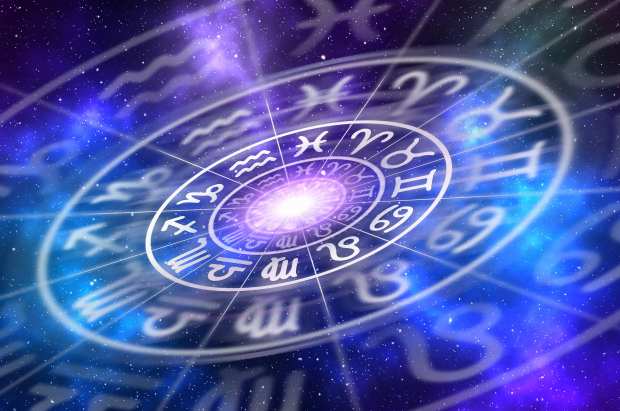Seeing The Future — Via Cosmic Subscription

In the last few years astrology has seen something of a cultural renaissance, particularly among millennial consumers. As recently as five years ago astrology was something of a niche market with only a handful of devotees among New Age enthusiasts. But despite being the generation that is routinely accused of killing whole segments of the market, millennials in the case of astrology have actually (and perhaps fittingly) brought it back to life, and increasing into the mainstream.
These days the “mystical services” market is a $2.2 billion industry. Mystical services, incidentally, is a somewhat hazily defined retail segment that is larger than astrology and star-reading and includes things like aura reading, palm reading, tarot deck sessions and guided meditations that leverage the “energy channel power of crystals.”
The trend has drawn its share of celebrity endorsements — Channing Tatum’s enthusiasm for a “The Pattern, a “personality” app that uses natal star charts to determine users’ life patterns (hence the name) briefly caused such a huge surge of interest the site crashed entirely. Co-Star, a free app that offers users a daily horoscope that is a little bit snarky — and in some cases vaguely insulting — snapped up $5 million in funding. It is, one report noted, well-suited for generation Instagram, in that it is instantly memeable, highly shareable and incredible personalizable.
It is, as The New York Times described it, “the cosmic buzzfeed quiz.”
And given that status it probably ought not come as much of a surprise that investors and entrepreneurs are now looking to find a way to monetize that — nor, given the current trends in consumer commerce, all that shocking that subscription services have sprung to mind. In fact the most successful efforts in mystical services gone digital is Sanctuary, a mobile app that charges users $20 monthly for a chance to check in with a psychic every few weeks. The app also provides daily horoscopes — though those it gives away free of charge. It has been called, somewhat seriously, and also in a somewhat tongue-in-cheek manner, the “Uber of astrological readings.”
But the people behind the reading, notably, aren’t kidding around about their offerings. Aliza Kelly is the astrologer-in-residence at Sanctuary — meaning she is the medium behind its horoscopes and does some of the one-on-one readings with clients. For all of the wonders that science and technology have brought into people’s lives in recent years, she told PYMNTS, they have also brought forward more than their fair share of uncertainty. She believes the big change in fortunes for astrology began in 2016, when the results of the election left many millennials, particularly millennial young women, having doubts about so-called scientifically rigorous methods of predicting the future, like polling data and fancy analytical models.
“People became so much more receptive to the idea of there being different ways of seeing the world,” she said. They turned to astrology “in order to create some sense of structure and hope and stability in their lives.”
Moreover, a representative from Co-Star noted that astrology and its highly social and sharable nature is also, frankly, just a more fun way to enjoy that act of prognosticating.
“What customers want, particularly young female customers is actually a break and something different — a little bit of irrationality to invade our techno-rationalist ways of living,” Co-Star’s rep said, noting that Co-Star offers its base services for free, but allows users to pay to use add-on features like comparing their own star charts to a friend.
And though Banu Guler, chief executive and co-founder of Co-Star, told The New York Times that finding investor interest was hard at first, these days as the market for mystical services is growing she does a lot more pulling rope these days than pushing it to investors who don’t quite get it.
“I get that you’re not into astrology,” she said of what she had to say to early investors who wanted to reject the idea on the grounds that astrology is pseudoscience. She then spent a lot of time directing people to their teen and college-age daughters to see what they thought about it, or if they ever once used the word pseudoscience.
Because, as the recent breakouts demonstrate, and the continual growth in the market give line to, is that it doesn’t have to be actual science to sell. It doesn’t even have to be traditional astrology.
It just has to be delivered in a way that is easy to access, affordable (or free) to consumers and designed to share. Get ahead of those things, and it seems the interested will come. And one would think providers of mystical services would have something of an advantage in getting ahead of the market. Being psychic and all.